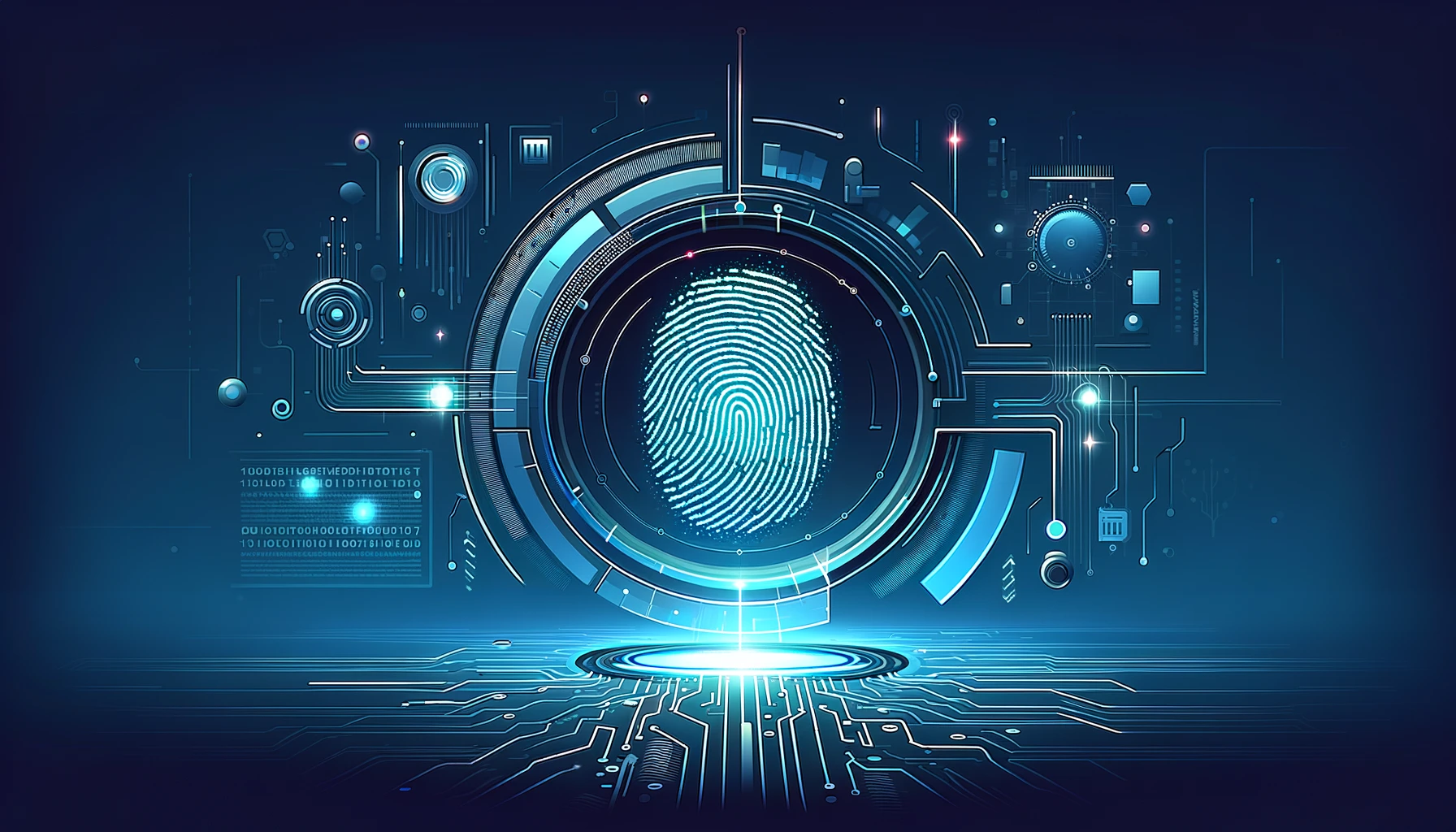
PARIS – In a groundbreaking yet unsettling development, computer security researchers have introduced a novel fingerprint recognition method that could redefine privacy and security in the digital age. Dubbed “PrintListener,” this technique leverages the sounds produced by a finger’s interaction with a touchscreen to facilitate biometric data theft.
The Mechanics of PrintListener: A Closer Look
PrintListener emerges from collaborative research between teams in the United States and China. It uniquely captures the friction sound between the finger and the touchscreen, recorded by the device’s built-in microphones during regular use on platforms like Skype, Discord, WeChat, FaceTime, and Google Meet. Herein lies the potential for a covert operation: a software application meticulously reconstructs the user’s fingerprint without their awareness.
How PrintListener Works:
- Data Capture: Utilizes device microphones to record finger friction sounds.
- Pattern Extraction: Analyzes the audio to discern unique fingerprint patterns.
- Reconstruction: Step-by-step, it rebuilds the fingerprint from the collected data.
The Implications of Sound-Based Fingerprint Theft
This discovery opens a Pandora’s box of IT security concerns. The risk of biometric data theft is not merely theoretical but a tangible possibility that could undermine the trust in fingerprint authentication systems. The initial testing phase has yielded alarming results:
- Partial fingerprint reconstruction achieved in 27.9% of attempts.
- Complete fingerprint captured in 9.3% of attempts, after only five tries.
Potential Risks and Countermeasures
- Biometric Data Theft: The primary risk associated with PrintListener, posing a direct threat to personal security.
- Malware Exploitation: Hackers could deploy malicious software to exploit this vulnerability, accessing not only fingerprints but also passwords and bank details.
- Reliability of Authentication Systems: The effectiveness and security of fingerprint-based systems are now in question.
Preventative Measures:
- Awareness and Education: Users should be informed about potential security threats and safe practices.
- Software Updates: Regular updates by device manufacturers can address and patch vulnerabilities.
- Use of Multi-Factor Authentication: Enhancing security by combining fingerprint recognition with other forms of authentication.
The Future of Fingerprint Authentication in Question
As the digital landscape evolves, so do the methods employed by those seeking to exploit it. PrintListener represents a significant leap in the sophistication of cyber threats, demonstrating the innovative yet perilous use of sound to breach privacy. This method, while still in its infancy, underscores the need for continuous vigilance and innovation in cybersecurity. The quest to protect biometric data has never been more critical, pushing the boundaries of what we consider secure and challenging the very foundations of our digital identity.
Related News:
Featured Image Courtesy of DALL-E by ChatGPT
